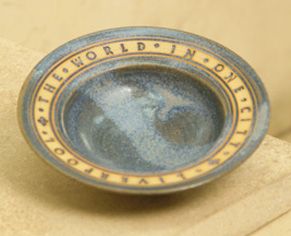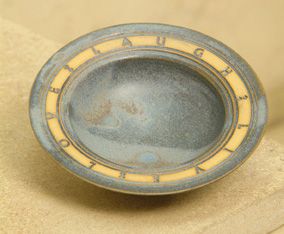|
Fiona Clai Brown Dartington Pottery Mark Dally Ken Eardley Robert Goldsmith Deborah Hopson Wolpe |
| Fiona Clai Brown |
|
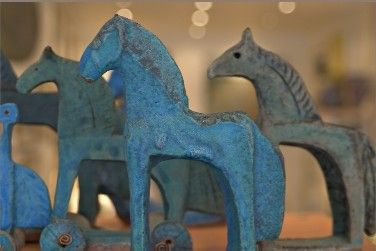
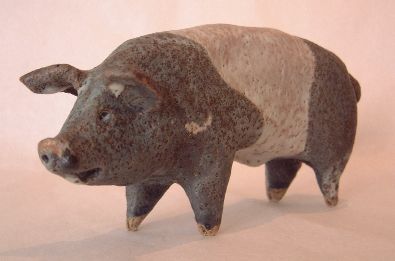


Fiona hails from Scotland and following studies in Anthropology, in Europe and the Near East, she returned to Britain to settle in North Wales.
Formerly known as Fiona Brown Wilkinson, her equine sculptures are her trademark, but certainly not the only animal she sculpts in three distinctive styles. Several historical influences can be seen in her work, as well as a deep knowledge of her subject.
A recent move to a new home and studio in on the Isle of Anglesey (Ynys Môn) has provided Fiona Clai Brown with the opportunity to experiment with raku and smoke firing, however, the main body of her work remains high-fired stoneware. Fiona Clai Brown has work in private and public collections around the world, is a permanent exhibitor at The Chapel of Art and contributor to The International Potters' Path
| Dartington Pottery |
|


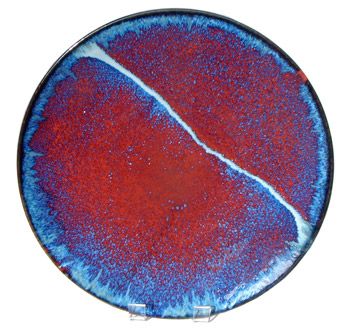





The origins of Dartington Pottery lie in the early 1930's when Bernard Leach and, later, his son David set up the first pottery at Shinners Bridge.
These inspirational beginnings were expanded upon when Sam Haile and his wife Marianne de Trey arrived in 1947 with Sam building two new kilns. Sadly Sam, a dynamic and innovative ceramic artist, died in a car crash in 1948. His wife Marianne, alone and pregnant, carried on. Miraculously she not only created a pottery producing desirable ware but also established an apprenticeship scheme which both echoed the earlier Leach initiative and anticipated Dartington's world- renowned training ethos of today. In 1983 the Dartington Pottery Training Workshop took over the premises and sold the enterprise to a triumvirate of potters including Stephen Course who now co-owns the Pottery with Sue Cook. Stephen is an internationally acknowledged expert on glazes.
The 1980's saw tremendous success utilising groundbreaking new designs from Janice Tchalenko who is currently leading a further design renaissance at Dartington. Their determination to remain a cutting edge art pottery and a centre of training excellence remains the vital motivation at Dartington and has attracted such talented designers as Petra Tilly, Avis Murray, Roger Law and Alexandra Copeland as well as developing considerable talent through the training programme.
Today Dartington Pottery is eagerly sought both in its standard designs, in limited editions and individual artist's 'one-off' pieces.
Dartington remains one of the world's leading potteries specialising in the technically challenging but aesthetically rewarding art of reduction fired stoneware utilising outstanding reactive glaze effects
| Mark Dally |
|
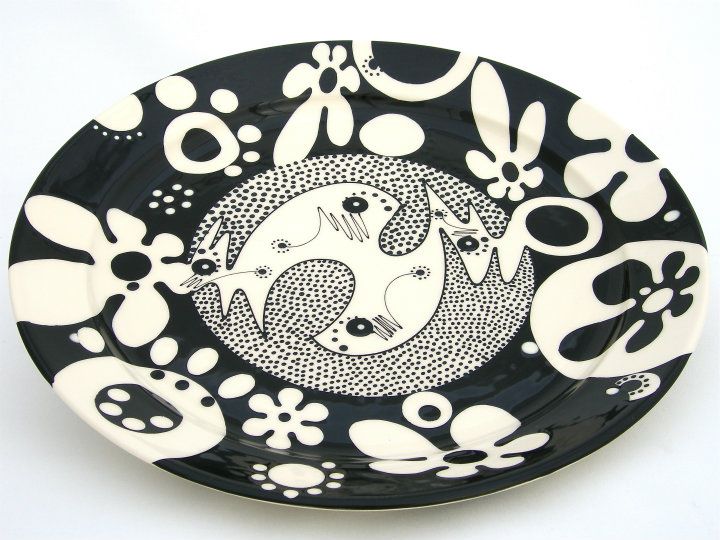

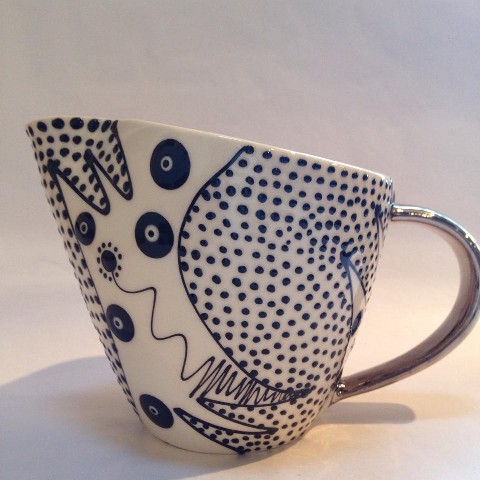



Mark Dally makes Black & White Ware as a bold, contemporary take on traditional Staffordshire slipware. Other design influences include 1950's surface pattern such as Ridgeway's Homemaker, and the motifs and calligraphic styles of pre-Hispanic Mexican and Australian Aboriginal art. The work is handmade in high-fired white earthenware and decorated using traditional slip trailing and brushed slip techniques. The mugs, jugs and teapots are finished in a third firing with liquid bright platinum..
| Ken Eardley |
|
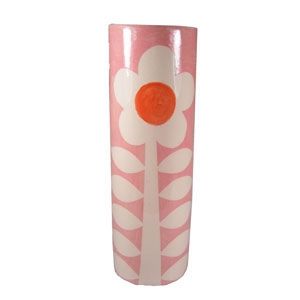
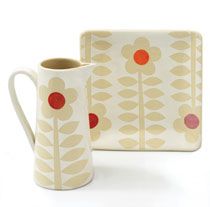




Featured in The Guardian and included in the original 'Heal's Discovers' collection of new and influential design talent in 2004, Ken Eardley's range of vibrant, hand made, hand decorated and highly collectable ceramics are now available for the very first time in Lancaster.
| Robert Goldsmith |
|
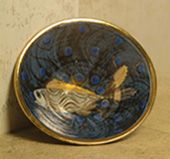


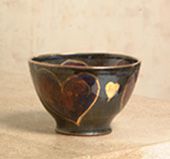




Born in Liverpool in 1962
Studied at West Surrey College of Art and Design.Travelled and worked in potteries in France, Norway and Denmark.
Set up Selborne Pottery in Alton Hampshire.
All the work is hand thrown and turned stoneware. No machines or moulds are used and the traditional techniques have taken many years to perfect. The pottery does not try to mimic the past but draws on skills rarely practiced today. Combined with high temperature stoneware glazes, fine brushwork, wax resist and glaze trailing, the finished pots with rich copper red and cobalt blue glazes are both functional and decorative whilst still having a contemporary look. On the Specials range, gold lustre is hand decorated on to the stoneware pot and then fired again adding a luxurious opulence not normally found on studio pottery. The glazes and pigments are made up from raw materials in the pottery and are fired in a gas kiln to over 1300 Celsius. This fuses both clay and glaze together in an impenetrable bond, giving the pottery both its brightness and its depth of colour. Although decorative, the pots have been designed to be used and are oven and dishwasher safe.
The pottery is also sold in New York and in galleries along the west coast of America. In 1999 the pottery received recognition for its gold lustre range as a winner in the prestigious Gift of the Year Award. In January 2001 Robert Goldsmith was commissioned to produce nine white stoneware bowls with platinum and gold calligraphy as awards for London First Millennium Awards. Recipients included British Airways, Metropolitan Police, Croydon Tramlink, Tate Modern and a personal bowl to Joanna Lumley for presenting the awards.
